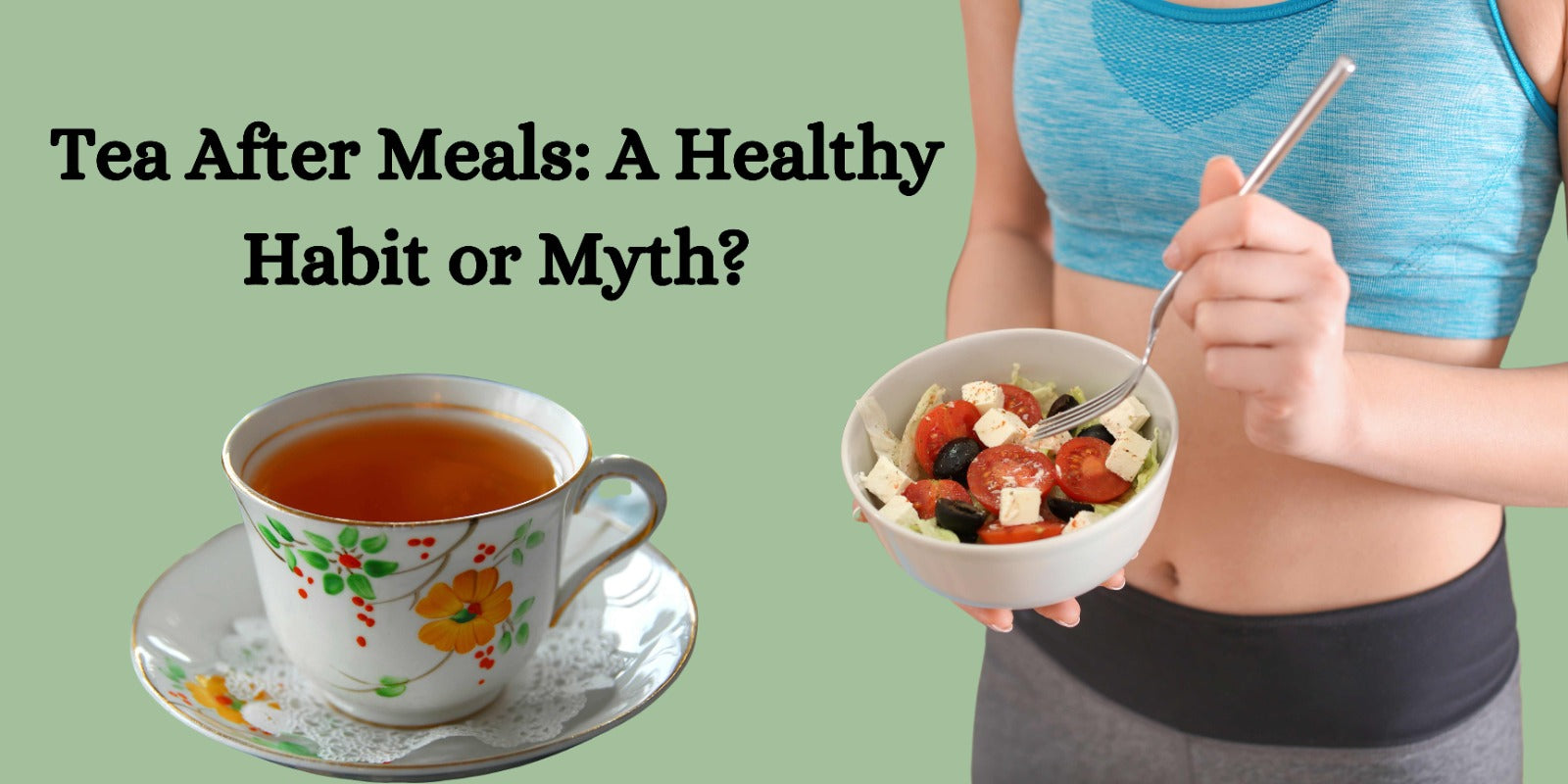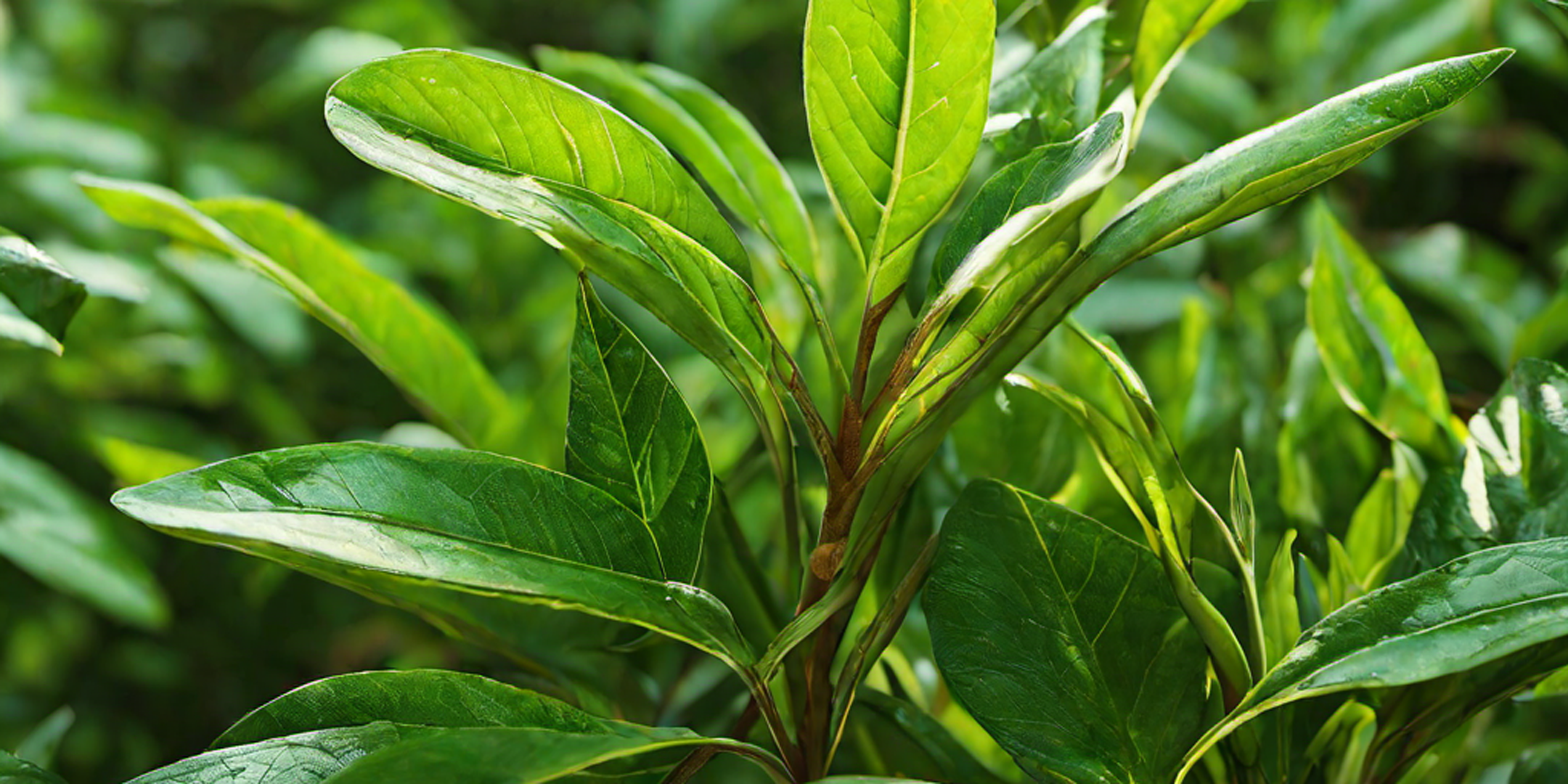Tea is one of the most consumed beverages worldwide, and different cultures have developed their own unique tea traditions. Two of the most famous tea traditions are Chinese tea and English tea. While both have deep cultural roots, they differ in their preparation, flavors, and drinking habits. Let’s explore the key differences between Chinese teas and English teas.
Origin and History
Chinese Tea: Tea originated in China over 5,000 years ago, and it plays a significant role in Chinese culture. It is said that the first cup of tea was brewed by accident when tea leaves fell into a pot of boiling water. The art of tea-drinking has evolved since then, with many different varieties and rituals surrounding its preparation and consumption. In China, tea is not just a beverage but a symbol of hospitality, relaxation, and tradition.
English Tea: Tea made its way to England much later, in the 17th century. Initially imported by the British East India Company, tea quickly became popular in England, especially among the upper class. By the 19th century, tea had become a staple of British culture, leading to the creation of afternoon tea, a social event that involved drinking tea with sandwiches and pastries. English tea culture is still strong today, with many people enjoying a daily "cuppa" (cup of tea).
Types of Tea
Chinese Tea: China is home to a wide variety of teas, many of which are categorized based on their processing methods. The main types of Chinese tea are:
- Green tea: Light, fresh, and often grassy in flavor.
- Black tea (called "red tea" in China): Strong and bold.
- White tea: Delicate and mild, with a soft flavor.
- Oolong tea: A tea that is partially fermented, offering complex flavors between green and black tea.
- Pu-erh tea: A fermented and aged tea with a deep, earthy flavor.
Chinese tea emphasizes the natural flavors of the tea leaves, often without milk or sugar.
English Tea: In contrast, English tea is typically black tea, with some varieties being Earl Grey, English Breakfast, and Assam. English teas are often blended to create a consistent flavor, which is robust and strong, perfect for pairing with milk and sugar. Green and herbal teas are becoming more popular in the UK, but black tea remains the most commonly consumed.
Preparation
Chinese Tea: The preparation of Chinese tea is often a ritualistic process, particularly in a traditional Chinese tea ceremony. Tea leaves are placed in a small pot or gaiwan (a lidded cup), and hot water is poured over the leaves multiple times. The tea is brewed quickly, and each infusion reveals new layers of flavor. Chinese tea is typically served in small cups, and the focus is on enjoying the natural taste of the tea.
English Tea: English tea preparation is simpler and more straightforward. Loose tea or tea bags are steeped in boiling water for a few minutes, and then the tea is poured into a cup. In England, it’s common to add milk and sugar to the tea. The addition of milk is a key difference in English tea culture, and the tradition of afternoon tea involves drinking tea alongside cakes, sandwiches, or scones.
Flavor Profile
Chinese Tea: The flavor of Chinese tea varies depending on the type, but in general, Chinese teas have more delicate and natural flavors. Green tea is often light and slightly grassy, oolong tea has floral or fruity notes, and pu-erh tea can be earthy or smoky. The focus is on the complexity and subtleties of the tea itself.
English Tea: English teas are known for their strong and bold flavors, particularly when it comes to black tea. English Breakfast tea, for example, has a robust and malty flavor that pairs well with milk. Earl Grey, another popular blend, is flavored with bergamot, giving it a distinct citrusy aroma.
Tea Culture
Chinese Tea: In China, tea is deeply rooted in cultural practices. Tea is often served to guests as a sign of respect, and tea ceremonies are a way to celebrate the art of tea-making. It’s also commonly enjoyed throughout the day, without any specific meal pairing.
English Tea: Tea in England is more social and is often associated with meals. The tradition of afternoon tea is an iconic part of British culture, where tea is served with small sandwiches and pastries around 3 or 4 PM. Many Brits also enjoy "elevenses", a mid-morning tea break.
Conclusion
While both Chinese and English teas share a love for the beverage, their differences reflect the unique histories and cultures that shaped them. Chinese tea focuses on the natural taste of the leaves and the ritual of tea-making, while English tea is often bold, strong, and enjoyed with milk and sugar. Whether you prefer the delicate complexity of Chinese tea or the hearty comfort of English tea, both offer a rich experience for tea lovers.




